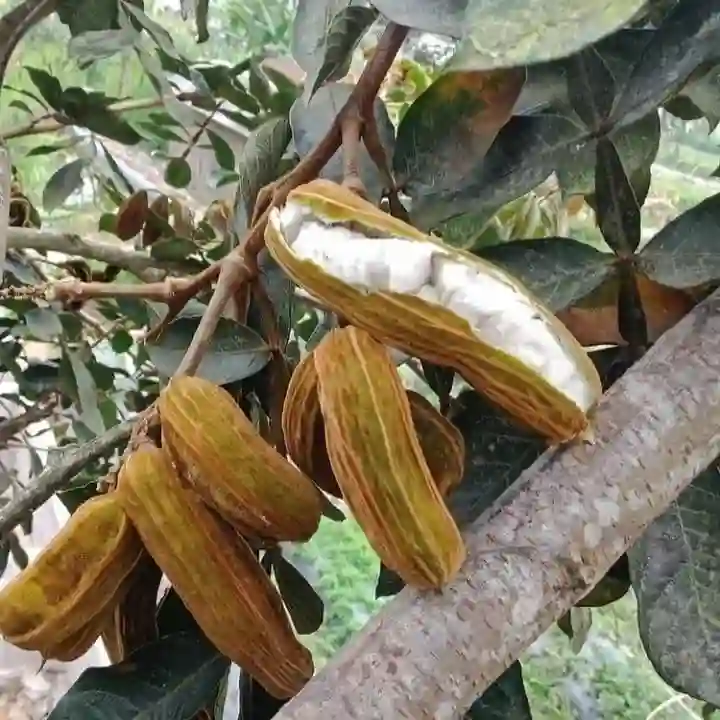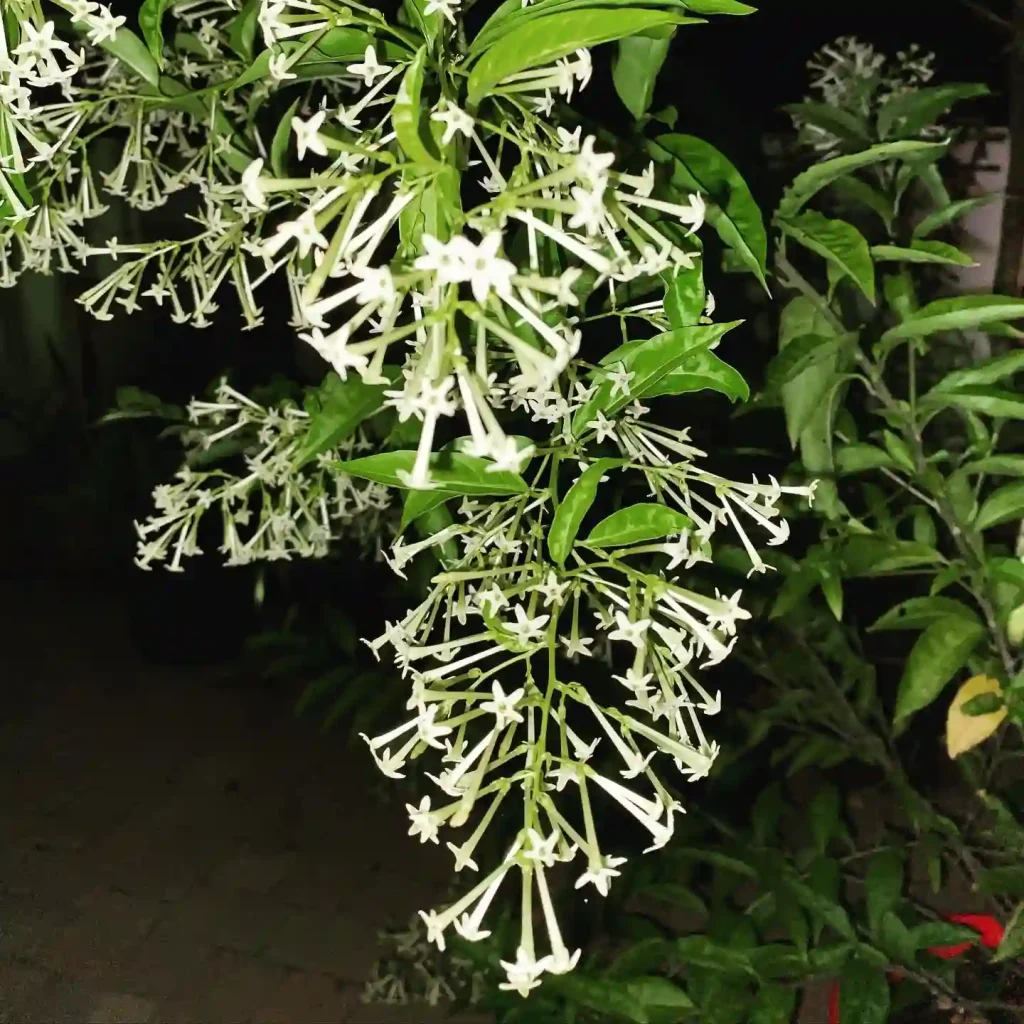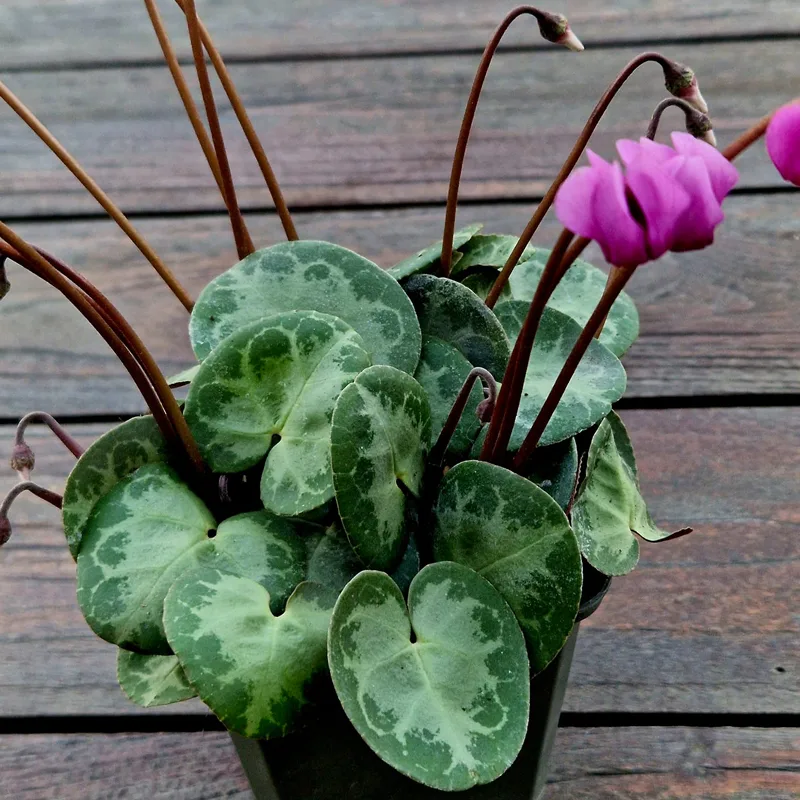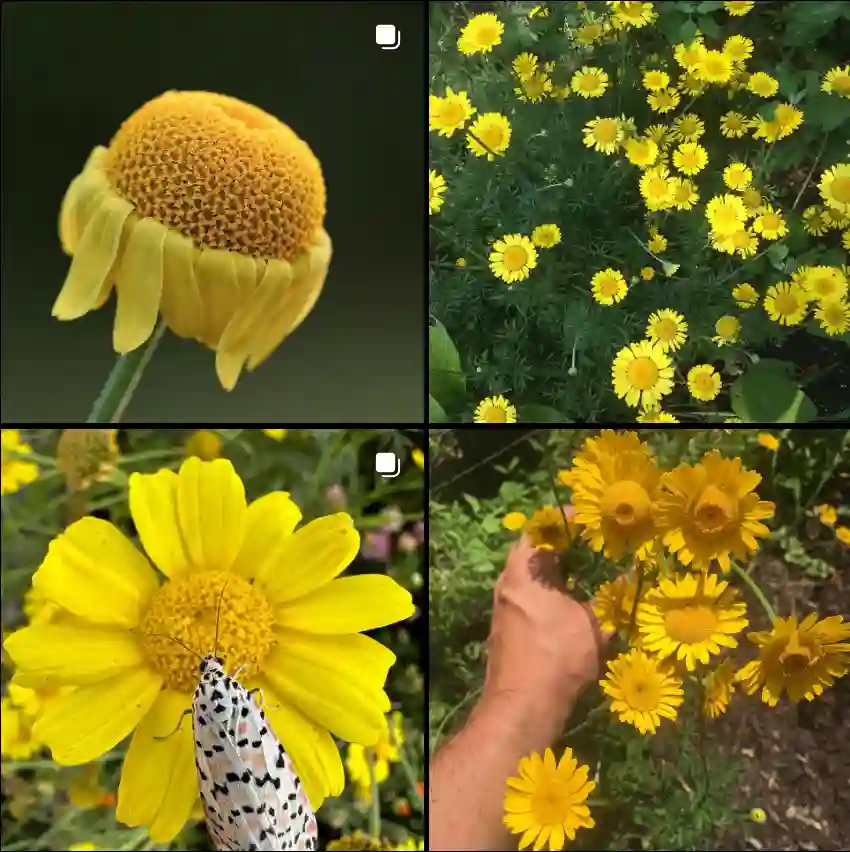Frequently Asked Questions About Amaranthus Dubius
I’ve spent quite a bit of time cultivating Amaranthus Dubius in my garden, and it’s truly one of those plants that are not only easy to grow but also offer various benefits. If you’re curious about growing this leafy green, here’s everything you need to know, from planting to propagation and beyond.
What is Amaranthus Dubius?
Amaranthus Dubius, commonly known as Spleen Amaranth, is a fast-growing leafy vegetable that thrives in tropical and subtropical regions. It’s part of the amaranth family, which is widely known for its nutrient-dense leaves and seeds. Amaranthus Dubius has edible leaves rich in vitamins A, C, iron, and calcium, making it a popular choice for home gardens and sustainable farming.
Plant Family: 184 Genera in Amaranthaceae
How to Plant Amaranthus Dubius?
Planting Amaranthus Dubius is quite simple. The plant prefers warm climates and well-drained soil with plenty of sunlight. Here’s a step-by-step guide on how to plant it:
- Prepare the soil: Choose a sunny spot in your garden and loosen the soil. Amaranthus Dubius grows best in fertile, organic-rich soil with good drainage.
- Sow the seeds: Scatter the seeds directly onto the soil surface and lightly press them into the ground. These seeds are tiny, so be careful not to plant them too deep.
- Water lightly: Keep the soil consistently moist but not soggy. Water the seeds regularly until they sprout, which should take around 5-7 days.
- Thinning: Once the seedlings have grown a few inches tall, thin them out so that each plant has space to grow, ideally about 8-12 inches apart.
How to Care for Amaranthus Dubius?
Amaranthus Dubius is quite resilient and low-maintenance, but like any plant, it does need some basic care to thrive.
- Watering: Water regularly, especially in hot weather, but make sure the soil doesn’t get waterlogged. It can tolerate short periods of drought but performs best with consistent moisture.
- Fertilizing: Add compost or organic fertilizers to the soil before planting and once every month during the growing season. This helps ensure the plant has the nutrients it needs.
- Pest control: Amaranthus Dubius is relatively pest-resistant, but you might encounter common garden pests like aphids or caterpillars. Use organic pesticides or neem oil to manage any infestations.
How to Propagate Amaranthus Dubius?
Propagating Amaranthus Dubius is usually done by seed. The plant produces plenty of seeds that can be collected and replanted. Here’s how I propagate it:
- Collecting seeds: Once the flowers have matured, they’ll produce tiny black seeds. Wait until the flower heads dry out and turn brown before collecting the seeds.
- Storing seeds: Store the seeds in a dry, cool place if you’re not planning to plant them right away. They can remain viable for up to two years.
- Replanting: Follow the same steps as planting, and you’ll have new Amaranthus Dubius growing in no time.
Can You Grow Amaranthus Dubius Indoors?
Yes, you can grow Amaranthus Dubius indoors, but it requires plenty of light. If you have a sunny windowsill or access to grow lights, this plant can do quite well in an indoor environment. Use well-draining soil and ensure the plant gets at least 6-8 hours of light daily. Be mindful of humidity levels; if your home is dry, misting the leaves can help.
Is Amaranthus Dubius Toxic?
Amaranthus Dubius is non-toxic to humans and pets. In fact, it’s quite the opposite—being packed with nutrients, it’s a great addition to a healthy diet. However, like all plants, it should be consumed in moderation as it contains oxalates, which can cause kidney stones in sensitive individuals if eaten in large amounts.
What Are the Benefits of Amaranthus Dubius?
The health benefits of Amaranthus Dubius are significant. Its nutrient-rich leaves offer:
- Vitamins: It’s rich in vitamins A and C, which help boost immunity and improve skin health.
- Minerals: Amaranthus Dubius provides a good amount of calcium and iron, supporting bone health and preventing anemia.
- Antioxidants: The plant contains antioxidants that help fight free radicals and reduce inflammation.
What to Plant with Amaranthus Dubius?
Companion planting is a great way to maximize space and improve plant health. Amaranthus Dubius pairs well with:
- Tomatoes: These plants complement each other, with Amaranthus Dubius helping to improve soil moisture retention.
- Peppers: Growing peppers near Amaranthus Dubius can protect them from pests, as the leafy greens act as a barrier.
Common Problems When Growing Amaranthus Dubius
Even though Amaranthus Dubius is low-maintenance, you might face a few issues:
- Poor soil: If the soil is too compacted or lacks nutrients, the plant won’t grow as vigorously. Adding organic matter like compost can help.
- Pests: Aphids, caterpillars, and spider mites can occasionally attack, but they are usually easy to manage with organic solutions.
- Overwatering: Amaranthus Dubius doesn’t like to sit in waterlogged soil. Make sure your garden bed drains well to avoid root rot.
How Does Amaranthus Dubius Compare to Similar Species?
Amaranthus Dubius is often confused with other amaranth species like Amaranthus Viridis and Amaranthus Tricolor. The main difference lies in their appearance and uses:
- Amaranthus Viridis: Has similar edible leaves but tends to be smaller and less vigorous.
- Amaranthus Tricolor: Known for its vibrant, colorful foliage, it’s primarily grown as an ornamental plant, though it’s also edible.
Can You Eat Amaranthus Dubius Raw?
Yes, you can eat Amaranthus Dubius raw in salads or smoothies. However, cooking the leaves helps reduce the oxalate content, making it a better option for people who are sensitive to oxalates. I personally enjoy it steamed or sautéed, which brings out its mild, spinach-like flavor.
In conclusion, Amaranthus Dubius is a versatile and nutritious plant that’s easy to grow, whether you’re a beginner or an experienced gardener. Its health benefits, ease of care, and adaptability make it a great addition to any home garden.
If i die, water my plants!



